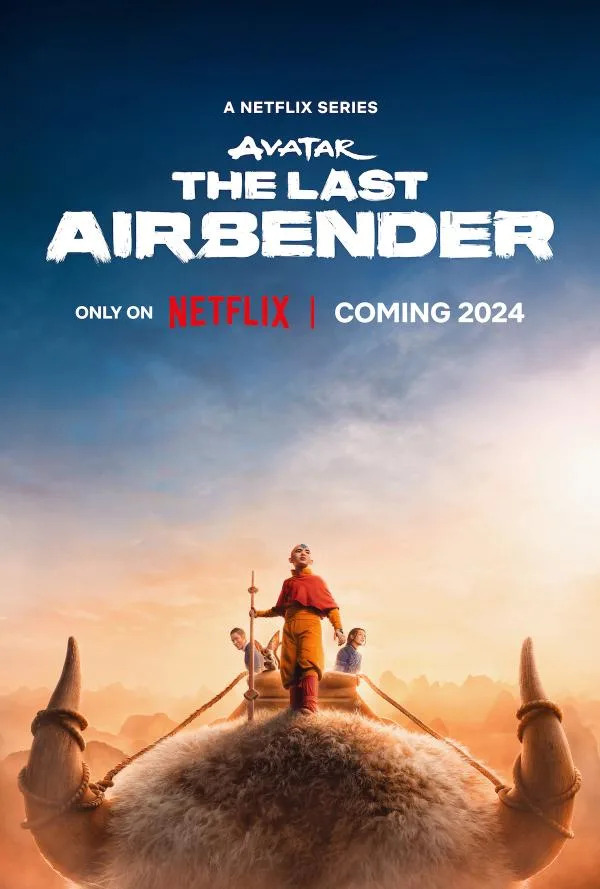With The Snow Society sweeping Netflix , it is inevitable that Alive (or Live!) will return to the conversation , the Hollywood film that adapted the tragedy of the plane crash in the Andes in 1993 with a cast of stars such as Ethan Hawke , Josh Hamilton or John Malkovich. The comparisons with the new film by JA Bayona , which stands as one of the favorites for the Oscar for Best Foreign Film, bring to the table debates such as, for example, which of the two titles is of higher quality, which is more truthful to the events, which is more respectful or which pays better tribute to the victims of the accident.
However, as our vision is so focused on the hegemony of the mecca of cinema, few tend to remember that before The Snow Society or Alive there was already another film that brought this story to our screens. In fact, it was a Mexican production released a few years after the tragedy and, in that decade of the '70s when commercial cinema was still taking its first steps in extreme proposals, it aroused a strong impact due to the issue of anthropophagy . for how he dealt with the survivors surviving by eating the flesh of the deceased. Although in a bad way.
Titled Survivors of the Andes , it was made in Mexico in 1976 by René Cardona , a legendary director from the golden age of Mexican cinema who crossed all types of genres with films such as Santo contra el rey del corazón , La llorona , El enmascarado de plata , The horrifying human beast or Duel in El Dorado and who we also saw as an actor in classics like Allá en el rancho grande . Like The Snow Society or Alive , this title was based on previous literary material, based on the book Survive written in 1973 by Clay Blair Jr. It is not that in the narrative it represented a huge difference with what these other two films did later, although in its dramatic treatment it did have another approach, and a quite controversial one that even bothered the real survivors.
Perhaps due to a tight budget, the film was quite flat when it came to translating the real story to the screen . With a duration of less than an hour and a half, it barely has room to develop its characters. It relies heavily on a voice-over in overexplanatory passages that are far from creating an emotional depth at the level of what we have seen in The Snow Society . To compensate for this, the film resorts to artificial resources to shock , such as a pounding soundtrack or excessive recreation in the most morbid passages of the event, such as the question of feeding on the bodies of the victims.



